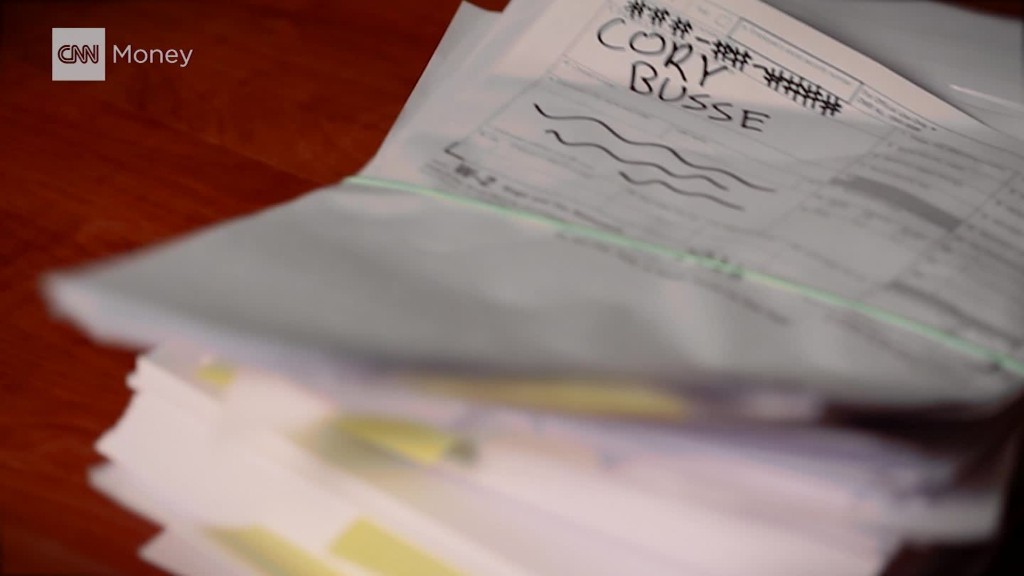
The technology used by the Department of Treasury to track taxpayer accounts is 57 years old -- old enough to have been born and taken early retirement.
This is one example of the U.S. government relying on tech that's so old people have to learn specialized skills just to use it.
Most of the tech the government uses, from data centers to networks to emails, is controlled by individual agencies, all of which have at least one CIO. Some experts say it's time to consolidate everything related to information technology under one agency.
A standalone agency?
"Congress needs to start [the process] and say, 'This is what we want,'" said retired Brigadier General Gregory Touhill, the first chief information security officer of the U.S.
For the last five months of the Obama administration, Touhill oversaw cybersecurity policy and implementation across all federal agencies.
He proposed a centralized IT organization that would help agencies adopt more modern systems. This agency would be in charge of everything that uses a .gov domain. (The military has its own IT management agency to manage .mil domains.) He said it would reduce the cost of data centers and operations, provide better management of storing data in the cloud and improve security.
Related: Congressman: We need a National Guard for cybersecurity
Millions of people's data have been exposed in federal data breaches. In 2015, the Office of Personnel Management was hacked, compromising the information of 21.5 million people. The computer systems were too old to use modern security practices and encrypt OPM files, according to reports.
Tony Scott, appointed by Obama as the third U.S. CIO, said the government needs to focus on consolidating and modernizing digital services. CIOs should be tasked with fulfilling the needs of their agencies -- they shouldn't have to worry about things like payment systems or mail servers.
"[Agencies] shouldn't be in the email business," Scott said.
The government operates thousands of data centers, which experts say should be outsourced. Large portions of the intelligence community are already on Amazon's cloud -- the company has a private cloud just for spy agencies.
According to a report from the U.S. Government Accountability Office, billions of dollars are being wasted because federal agencies aren't moving their data centers fast enough.
Related: Trump creates tech council to 'modernize' government's digital services
Finding funding
Texas Republican Representative Will Hurd recently introduced the Modernizing Government Technology Act, a revision to the same bill that passed the House last September. It would put money saved by modernizing digital infrastructure into a fund for additional technology upgrades.
"We need to improve cyber defenses and make things more efficient," Hurd said. "Why can't we get a passport from the comfort of our home if we have a laptop or a smartphone?"
The bill might offer a solution to funding hurdles, and because the cost of maintaining old systems is huge, moving to more modern tech would save money in the long run. But it would require more investment up front, with dividends that pay off in the future.
The U.S. government spends more than 75% of its $80 billion technology budget on maintaining old systems, according to a 2016 report from the U.S. Government Accountability Office. David Powner, the director of IT issues at GAO, said each year it gets more expensive to maintain the old systems.
To help speed the transition, Powner says qualified CIOs should be given more power in decision-making, and collaborate better with the federal CIO in the executive office. (In 2014, the government passed IT reform legislation to this effect, and the GAO tracks CIOs' effectiveness across agencies.)
Modernization won't come easy. Funding is one hiccup; changing cultural norms is another.
"In the military, I joked that after the many combat tours that I had down range, one of the most vicious strategic battles I ever participated in was the battle over network consolidation in the .mil domain," Touhill said.

